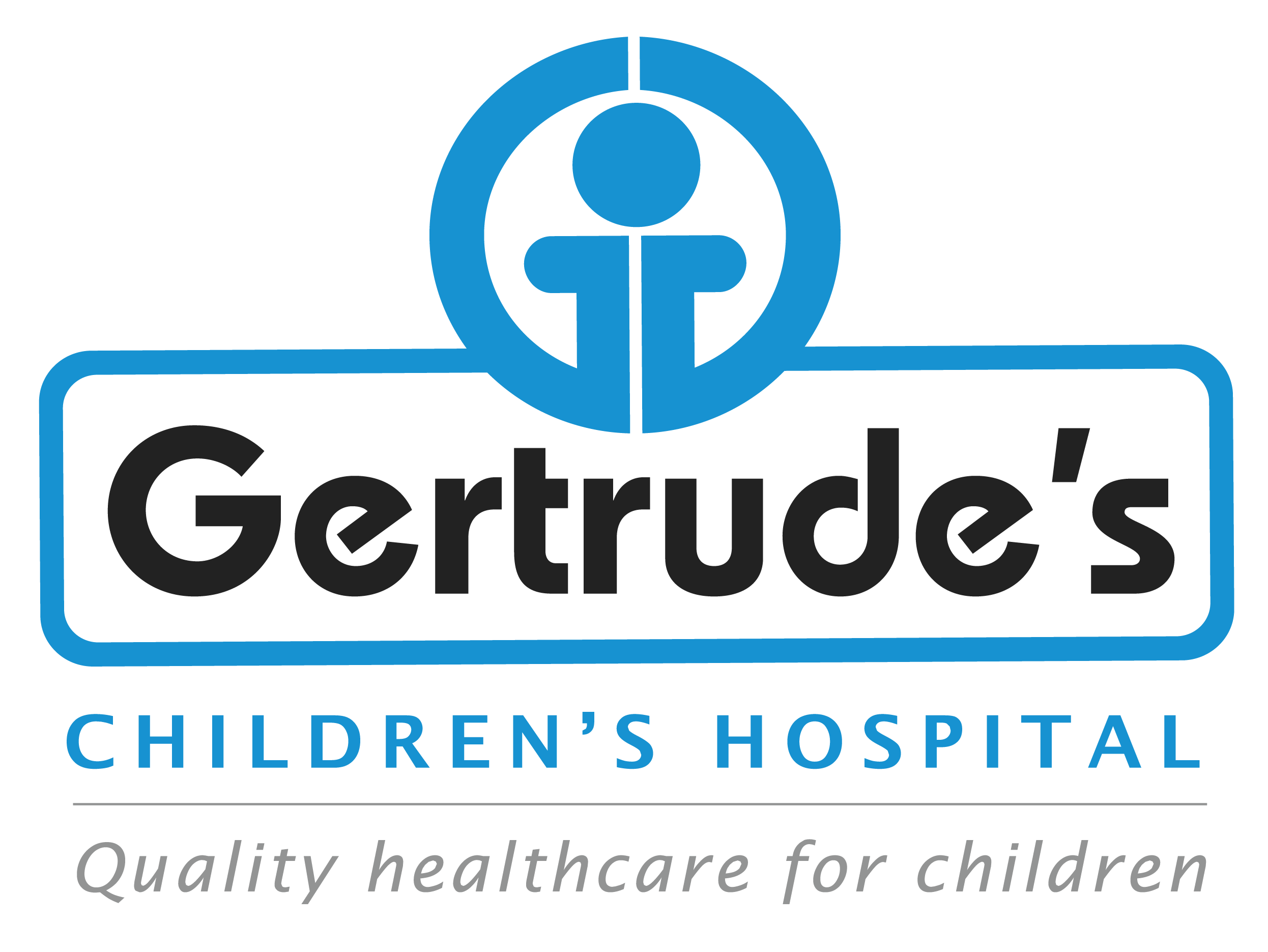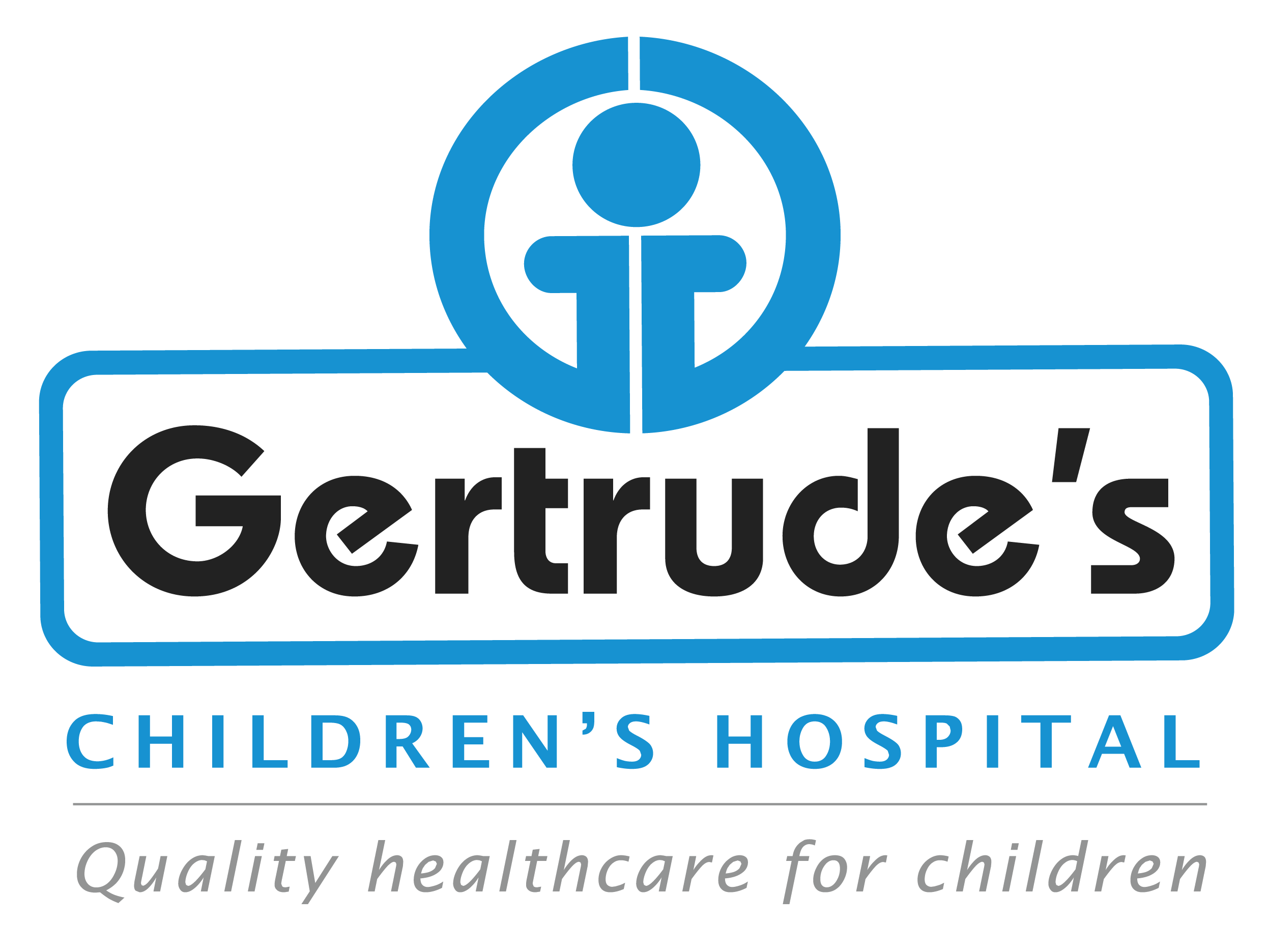Apnea of Prematurity (AOP) is a condition that affects premature infants, particularly those born before 34 weeks of gestation. It occurs when a baby temporarily stops breathing for more than 15-20 seconds during sleep. This pause in breathing can lead to a drop in heart rate (bradycardia) and a decrease in oxygen levels in the blood (desaturation). AOP is common in premature babies because their central nervous system is not fully developed, making it difficult for them to regulate breathing consistently. While AOP can be alarming, it typically resolves as the baby matures and their respiratory system becomes more developed.
Symptoms
- Pauses in Breathing: The baby stops breathing for more than 15-20 seconds.
- Bradycardia: A slow heart rate, often occurring alongside the pause in breathing.
- Cyanosis: A bluish tint to the skin, particularly around the lips and fingers, due to low oxygen levels.
- Pale Skin: The baby’s skin may appear pale during an episode of apnea.
- Limpness: The baby may become limp or less responsive during an apnea episode.
Causes
- Prematurity: The earlier a baby is born, the higher the risk of AOP due to underdeveloped respiratory centers in the brain.
- Infection: Respiratory infections can exacerbate apnea in premature infants.
- Anemia: Low levels of red blood cells can reduce oxygen transport and trigger apnea.
- Hypoglycemia: Low blood sugar levels can affect the brain’s ability to regulate breathing.
- Reflux: Gastroesophageal reflux (GER) can cause the baby to stop breathing momentarily.
Diagnosis
- Continuous Monitoring: Premature infants in the Neonatal Intensive Care Unit (NICU) are usually monitored with machines that track their heart rate, breathing patterns, and oxygen levels.
- Clinical Observation: Doctors and nurses will observe the baby’s breathing, especially during sleep, to identify patterns of apnea.
- Blood Tests: These may be conducted to check for underlying conditions like infection or anemia that could contribute to apnea.
Treatment Options
- Gentle Stimulation: During an apnea episode, gently touching or stroking the baby may help restart their breathing.
- Caffeine Therapy: Caffeine is commonly used to stimulate the baby’s central nervous system and reduce the frequency of apnea episodes.
- CPAP (Continuous Positive Airway Pressure): This treatment helps keep the baby’s airways open by delivering a continuous flow of air through a mask or nasal prongs.
- Mechanical Ventilation: In severe cases, a ventilator may be used to assist the baby’s breathing until they are strong enough to breathe on their own.
- Monitoring and Support: Babies with AOP are closely monitored in the NICU, where they receive the care and support they need to grow and develop.
Why Choose Us
Expert team
Our pediatric specialists have extensive experience in treating children.
Personalized care
We create treatment plans that fit each child’s unique needs
Support and education
We teach children and families how to care for them and prevent future cases
Advanced treatments
Access to the latest treatments and products
Contact
Please feel free to contact us with any general or medical enquiry by calling us.





